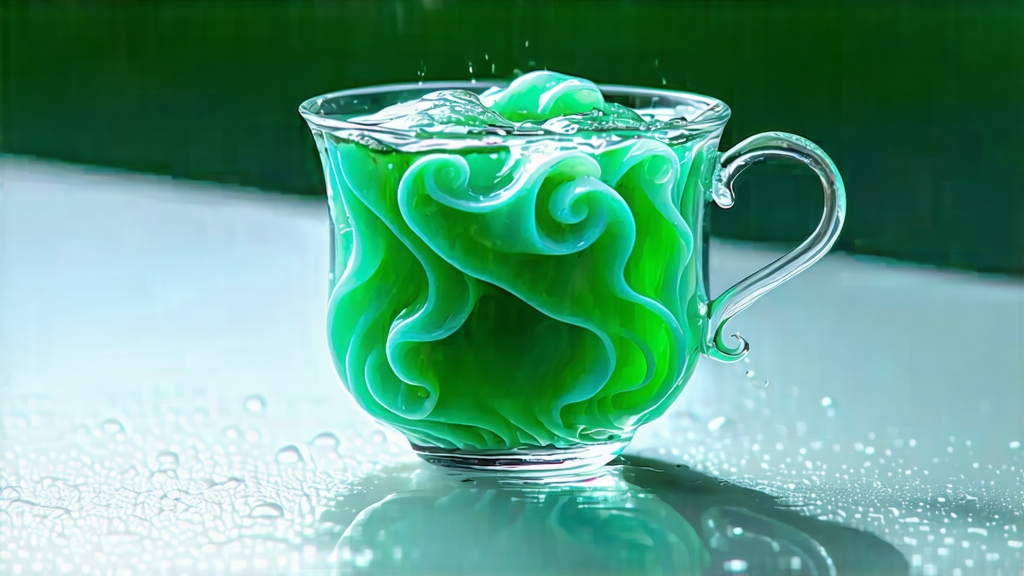
Biluochun, whose name translates literally to “Green Snail Spring,” is one of China’s ten most celebrated teas, yet it remains a quiet legend outside specialist circles. Produced only in a micro-zone of hills that cradle eastern Taihu Lake in Jiangsu Province, this tea is prized for the tiny spiral shape of its dry leaf, its downy silver-green down, and an unexpectedly intense bouquet that reminds tasters of ripe peaches, magnolia, and fresh loquat. To understand why emperors once guarded it as a tribute tea and why modern growers still pick it before dawn in March chill, one must follow the leaf from Tang-dynasty poems to twenty-first-century biodynamic gardens, from charcoal pans to glass pitchers, and from the palate of the novice to the memory of the connoisseur.
Historical whispers first place Biluochun in the Tang dynasty (618-907 CE), when mountain monks on Dongting Dongshan Island offered an unnamed “Xia Sha Ren Xiang” (literally “scary fragrance”) to traveling scholars. The tea’s perfume was so penetrating that poets feared it would eclipse the incense in their temples. By the late Ming dynasty the name had softened to “Bi Luo Chun,” reportedly bestowed by the Kangxi Emperor after he received a sampler in 1699 and noticed the leaves resembled tiny green snails curled in early spring. Imperial patronage turned a monastic curiosity into a regulated tribute, restricting production to two tiny peninsulas—Dongshan and Xishan—where the lake’s humid air and mist-shrouded quartz soil create a natural greenhouse that elongates the budding season and concentrates amino acids.
Strictly speaking, only leaf plucked within this 10 km² terroir may bear the name Biluochun; everything else is “spiral green tea” at best. Within the zone, three micro-categories exist. Mingqian Biluochun, picked before the Qingming festival, contains only the terminal bud and the adjacent half-open leaf; it yields the sweetest liquor but less than 500 kg are made each year. Yuqian Biluochun, harvested before the Grain Rain, offers a balance of fragrance and value, while Spring-ending grades incorporate a bud and two leaves, giving a bolder, slightly astringent cup beloved in northern China. A further distinction separates orchard tea from arboreal tea: bushes interplanted with peach, plum, and apricot absorb floral volatiles, whereas high-climbing wild tea trees on rocky cliffs develop a mineral note reminiscent of Taihu limestone.
Crafting Biluochun is a race against oxidation and against the clock. Picking begins at 4:30 a.m., when dew keeps the buds plump and cool. By 7:00 a.m. the baskets must reach the village panning shed; any delay causes “red neck,” a reddish rim around the stem that signals enzymatic browning. The traditional workflow—killing green, rolling, and fully drying—compresses into a feverish six hours. A 200 °C wok receives one handful of buds at a time; the master’s bare palm flips the leaf for 3–4 minutes until a faint popping sound indicates moisture loss and grassy notes have yielded to orchid sweetness. Without pause, the tea is transferred to a 70 °C bamboo tray where thumb and forefinger roll each bud along the slats, curling it into the signature spiral while breaking cell walls to release aromatic oils. Final drying happens in three charcoal stages: first at 60 °C to lock the curl, then 50 °C to homogenize moisture, and finally 40 °C to add a subtle smoky whisper. When finished, 5 kg of fresh buds have become 1 kg of downy pellets that look almost too delicate to touch.
Western drinkers often brew Biluochun like any green tea—boiling water, three minutes, mug—and then wonder why the cup tastes bitter and flat. The leaf is so tender that water hotter than 80 °C will cook the proteins, while prolonged infusion extracts catechins faster than aromatics can volatilize. The Chinese gaiwan method offers a more faithful translation. Pre-warm a 120 ml porcelain gaiwan, add 3 g of tea, and shake gently; the dry leaf exudes a scent that might remind you of nectarine skin. Pour 75 °C water along the wall, not directly on the leaf, until the gaiwan is two-thirds full. The first infusion, 15 seconds, releases a pale jade liquor with a bright peach top note.